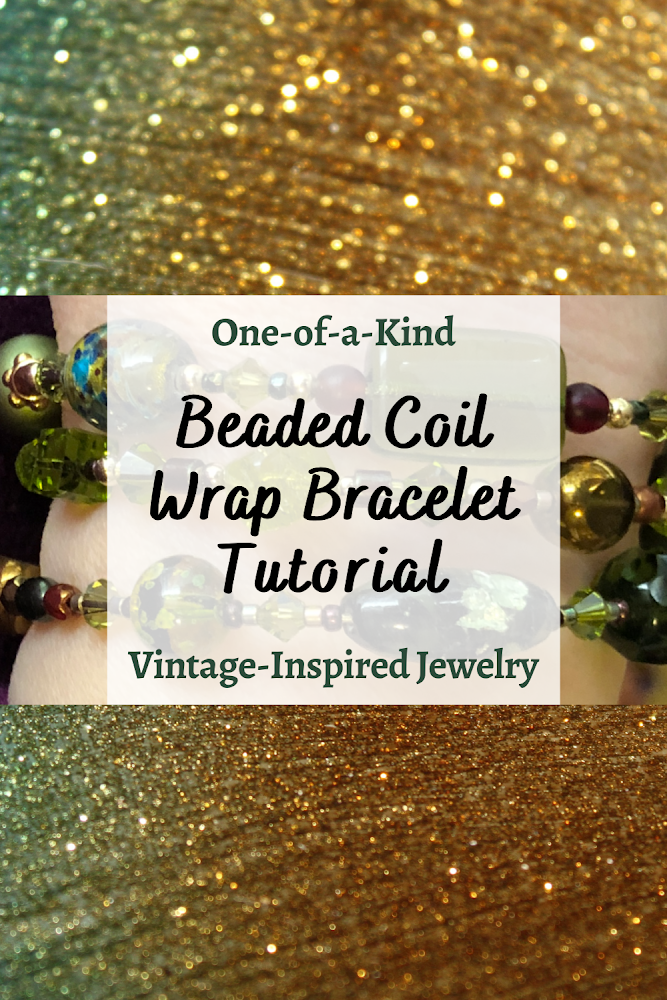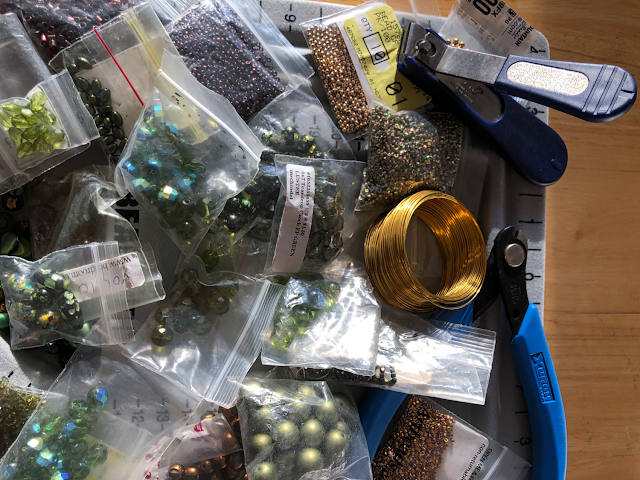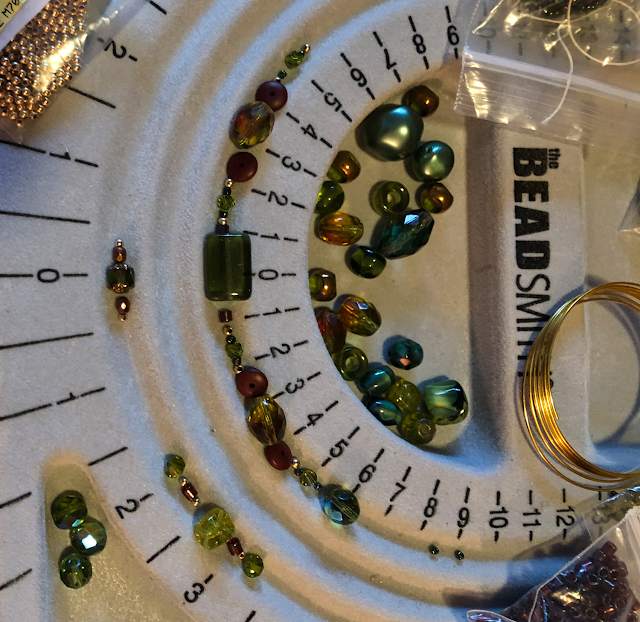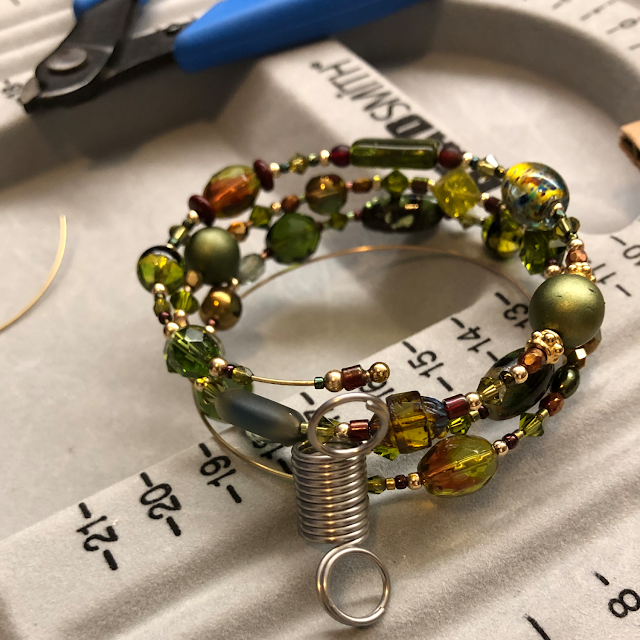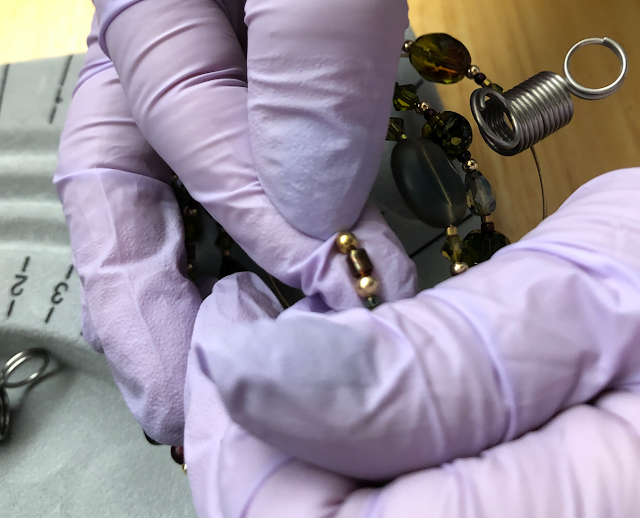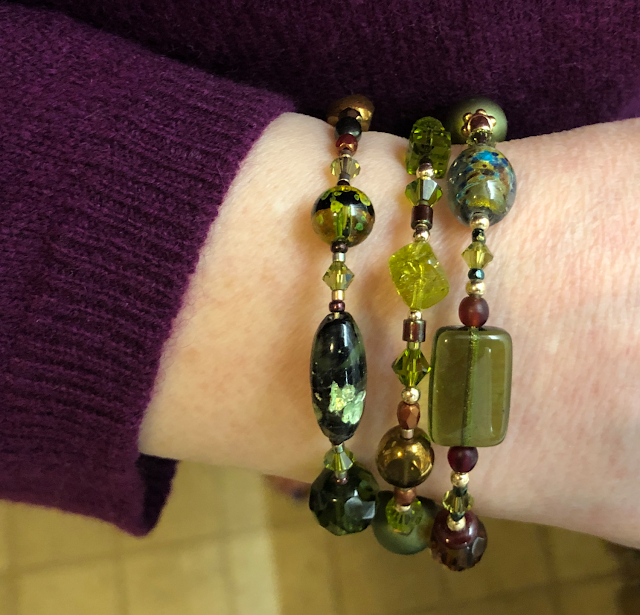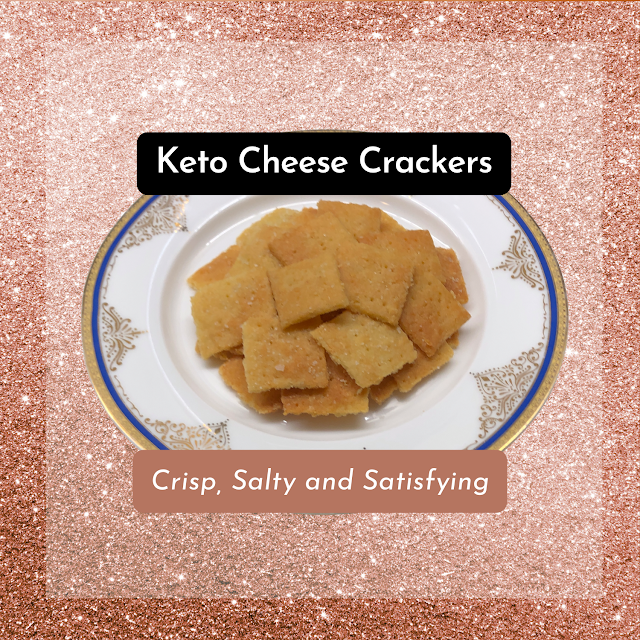Peppermint and chocolate are a flavor match made in heaven, especially around the holidays! These luscious, big, fudgy low carb peppermint cheesecake brownies feature a yummy a mint cheesecake swirl and are topped with a melted peppermint chocolate bar topping.
My new low carb peppermint cheesecake brownies recipe is so rich and decadent, no one will guess they are a keto friendly treat unless you tell them. You, your family and your holiday guests of all ages will love them!
Here’s my review of this quick and easy low carb keto mint brownies recipe.
Although this image show them in an 8-inch square pan cut into 16 squares, which I did for the first batch, I now bake them in a 9-inch square pan and cut them into 20 rectangular bars (four "columns" and five "rows") for a larger serving, which is how I have written the recipe.
However, these are so rich that you can easily cut them into smaller portions and still have a very satisfying portion with fewer calories and carbs if you prefer.
How to Make Keto Triple Peppermint Cheesecake Brownies
Makes 20 brownies.
Tools, Supplies and Equipment
9" square pan (I love my heavy-duty USA Pan Bakeware 9-inch Square Cake Pan, Nonstick & Quick Release Coating)
If You Care unbleached baking parchment
Electric mixer with mixing bowl
A second mixing bowl (I used the 3-quart bowl from my OXO Good Grips 3 Piece Stainless Steel Mixing Bowl Set with non-skid bottoms, which I love)
Silicone spatula
Table knife (for swirling the cheesecake and brownie batters)
Cooling rack
Aluminum foil
Ingredients
Butter or coconut oil (to grease the corners of the pan and the baking parchment)
For the peppermint cheesecake batter:
8 oz full fat cream cheese, softened
1 egg, room temperature
3/4 teaspoon Watkins pure peppermint extract
3 tablespoons BochaSweet sugar replacement granulated sweetener (my favorite, but often out of stock) or Swerve granular sugar replacement
For the chocolate fudge brownie batter:
1 bag Good Dee's Soft Baked Keto Brownie Mix, Double Batch Bag 1 lb bag
1 cup (2 sticks) Kerrygold salted butter (or other grass-fed butter), melted and cooled
4 large eggs, room temperature
1 teaspoon Watkins pure peppermint extract
56g (132 chips) Lily’s peppermint white chocolate baking chips (no sugar added)
For the mint chocolate topping layer:
2.5 oz (70 g) bar of The Good Chocolate zero sugar 65% dark chocolate peppermint
Directions
Preheat the Oven and Prepare the Baking Pan.
- Preheat the oven to 350 °F.
- Cut two lengths of unbleached baking parchment to fit the 8-inch square baking pan, leaving at least one piece long enough for the ends to hang over the edges of the pan. (I like to cut both pieces long.) The overhanging ends will serve as handles to help you lift out the baked and cooled brownies.
- Grease the corners of the pan and the baking parchment (excluding the overhanging flaps) with butter or coconut oil. Set the prepared pan aside.
Make the Peppermint Cheesecake Batter.
- Put the softened cream cheese into the bowl of the electric mixer and beat until soft and smooth, scraping the bottom and sides often with the silicone spatula.
- Add the egg, peppermint extract and BochaSweet sweetener. Beat on medium speed until well blended. Set the peppermint cheesecake batter aside.
Make the Peppermint Chocolate Chip Brownie Batter.
- Empty the 1-lb. bag of Good Dee's Soft Baked Keto Brownie Mix, Double Batch into the second mixing bowl. Stir in the melted and cooled butter with the silicone spatula until well combined.
- Stir in the 4 eggs and peppermint extract until well blended. (Do not beat, whip or overmix the brownie batter.)
- Stir in the peppermint white chocolate baking chips.
Layer and Marble the Brownie and Cheesecake Batters.
- Spread half the chocolate brownie batter in an even layer in the prepared pan. Top with half the peppermint cheesecake batter, dropping it onto the brownie batter layer in large, evenly spaced dollops.
- Scrape the remaining chocolate brownie batter into the pan, covering the peppermint cheesecake batter without disturbing it too much.
- Then, drop dollops of the remaining peppermint cheesecake batter over the top. If possible, try to stagger the locations of these dollops to place them in between the previous cheesecake dollops. (If you can’t tell where the lower dollops are when they are covered by the brownie batter, no worries!)
- Swirl a table knife through all four layers of batter so it’s loosely marbled, taking care not to mix the batters too much. You want the chocolate brownie batter to remain brown and the peppermint cheesecake batter to remain white as much as possible.
Bake the Brownies and Add the Mint Chocolate Topping.
- Place the pan in the preheated oven and bake at 350 °F for 30–40 minutes, just until the center tests almost done with a toothpick. The brownies will continue to bake in the hot pan as they cool.
- As soon as the brownies test done, move the pan to a cooling rack.
- Immediately unwrap The Good Chocolate dark chocolate peppermint bar and break it along the score lines into six squares. Place the chocolate squares on top of the piping hot brownies, spacing them evenly about 1.5 inches away from the edges of the pan.
- Carefully lay a sheet of aluminum foil over the top of the hot pan, tenting the foil loosely so it doesn’t touch the surface of the chocolate. Do not try to crimp/seal the edges of the foil to the edges of the pan.
- Remove the foil after about 15 minutes and set it aside. Carefully spread the melted chocolate over the brownies in a thin, even layer.
Finish Cooling, Chill Briefly and Cut Into Squares.
- Allow the brownies to continue cooling in the pan on the cooling rack for at least an hour.
- Cover the cooled pan of brownies with the reserved foil and place it in the refrigerator for 60-90 minutes, just until the surface of the mint chocolate topping layer firms up.
- Use a spatula to loosen the parchment from the edges of the pan, if necessary. Run a sharp knife under hot water and immediately wipe it dry, then use the warmed knife to slice through just the hardened mint chocolate coating layer to score it into 16 squares, as shown. Then score a line down the center of each square to make 32 rectangles (not shown).
- Use the overhanging baking parchment paper handles to lift the uncut brownies out of the pan and onto a cutting board.
- Using the scored lines in the chocolate coating as a guide, cut the brownies into 32 pieces.
- Place them in a covered food storage container, layered between waxed paper or parchment paper, if necessary, and refrigerate until ready to serve.

|
| These low carb keto triple peppermint cheesecake brownies are so rich and decadent, we decided to cut them in half after I photographed them and we tasted them. |
Nutrition Facts
Calories and Macros (Estimated)*:
Serving: 1 brownie (1/20 recipe)
Calories: 207
Net Carbs: 2.5g
Total Carbs: 23.9g
Fiber: 8.5g
Sugar: 0.2g
Added Sugar: 0.0
Sugar Alcohols: 3.2
Protein: 3.8g
Fat: 18.3g
Saturated Fat: 10.6g
Cholesterol: 79.1
*This nutrition data was calculated by the Carb Manager Premium app after I entered the ingredients and amounts into the Create Custom Recipe function.
A Delicious and Festive Christmas Gift (Especially for Anyone Following a Low Carb or Keto Diet!)
I have always loved giving homemade Christmas cookies and other festive baked goods to family members and friends around the holidays. A beautifully wrapped holiday-themed decorative tin lined with a doily and filled with these fabulous low carb keto triple peppermint cheesecake brownies would make a festive and much appreciated gift for anyone. For someone who is watching their sugar and carbs, make sure to include the recipe. Better yet, make up a low carb keto holiday gift basket including these brownies, the recipe and the ingredients so your gift recipient can make more of them after the ones you gifted them have been eaten!
The Perfect Pairing of Low Carb Keto Holiday Dessert Recipes
For the ultimate holiday sweet treats indulgence, pair my Low Carb Keto Peppermint Cheesecake Brownies Recipe with my Ultimate Keto Hot Chocolate Recipe!
Luscious Low Carb Keto Triple Peppermint Cheesecake Brownies Recipe by Margaret Schindel
Posts About My Keto Diet Journey
My First Year on The Keto Diet
Preparing to Succeed on the Keto Diet, Part One
Preparing to Succeed on the Keto Diet, Part Two
Low Carb Muffins & Cupcakes: Treats to Enjoy on a Keto Diet
Low Carb Keto Chocolate Yogurt Granola Chip Pudding Recipe
Good Dee’s Keto Cookie Low Carb Baking Mix Review
Hamama Microgreens Growing Kit Review & Success Tips
My Favorite Hamama Microgreens Seed Quilt Accessories
Keto Cheddar Cheese Biscuits With Chives Recipe
The Ultimate Keto Hot Chocolate Recipe
The Best Low Carb Keto Gift Ideas: Keto Gift Guide
The Best Low Carb Keto Cinnamon Muffins
Wholesome Yum Keto Bread Mix and Yeast Bread Recipe
The Good Chocolate 100% Organic No Sugar Dark Chocolate Review
The Best Advice to Maintain Your Keto Diet Weight Loss
My New Irresistibly Delicious Keto Cheese Crackers Recipe
Luscious Low Carb Keto Triple Peppermint Cheesecake Brownies Recipe
Quick & Easy Livlo Blueberry Scones Keto Baking Mix Review
Snack Better With The Best Healthy Keto Cookie Dough Bites
The Best Quick and Easy Low Carb Keto Pizza Recipe
The Best Quick and Easy Low Carb Keto Shortcake Cupcakes Recipe
Comparing the Best Keto-Friendly Chocolate Hazelnut Spreads - No Added Sugars
The Best Low Carb Keto Sandwich and Burger Buns Mix
Blueberry Biscuit Scones — New, Easy, Low Carb Keto Recipe
The Best Keto Pizza Crust Mix With 0 Net Carbs
An Unusual, Delicious Strawberry Chocolate Tea With 0 Calories
Delicious Sugar-Free Keto Cookies That OREO Fans Will Love
Healthy Pistachio Cherry Chocolate Chip Marshmallow Cereal Treats Recipe
Easy, Decadent, High Protein, Sugar-Free Rocky Road Cottage Cheese Ice Cream
The Best Quick & Easy Low Carb Sausage and Ricotta Calzones
How to Make Refreshing Vanilla Italian Soda (With or Without Cream)
Reviews of the Keto Diet by Barbara C. (aka Brite-Ideas)
How I Stayed Committed to the Ketogenic Way of Eating










